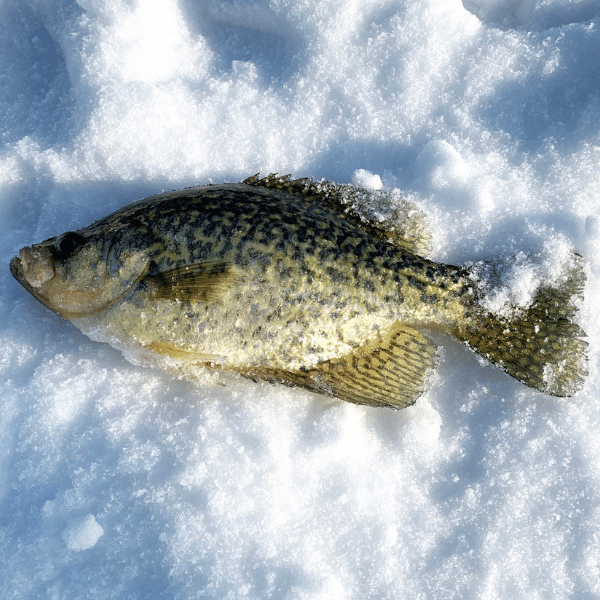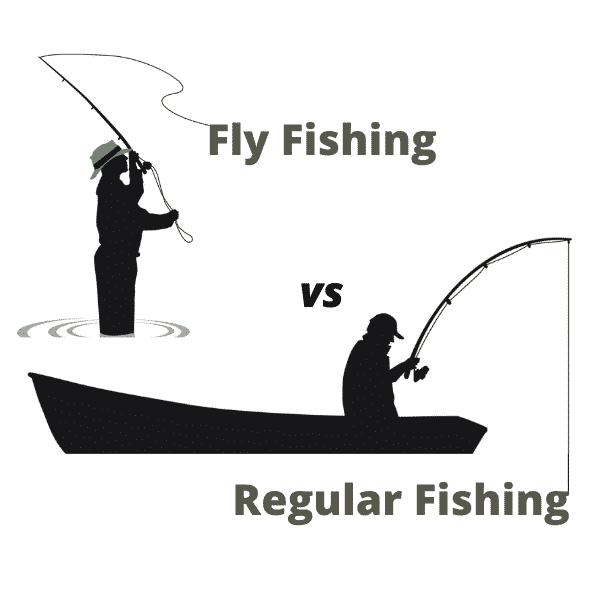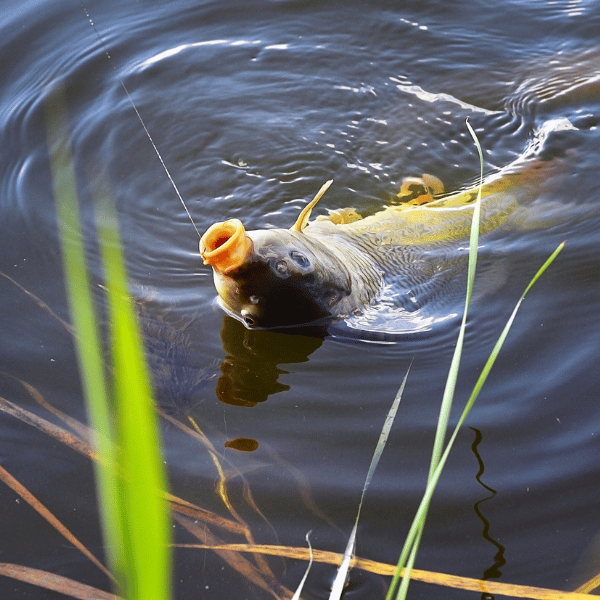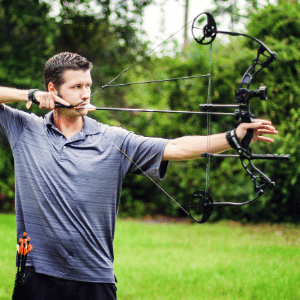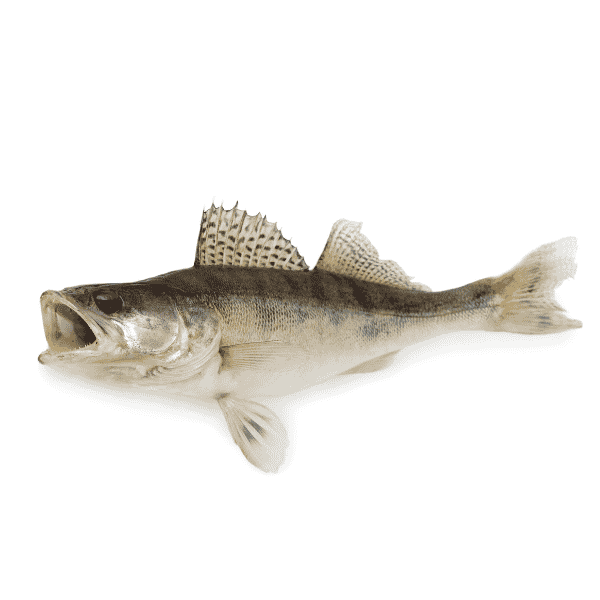Beginner Guide to Backpacking Cooking Gear
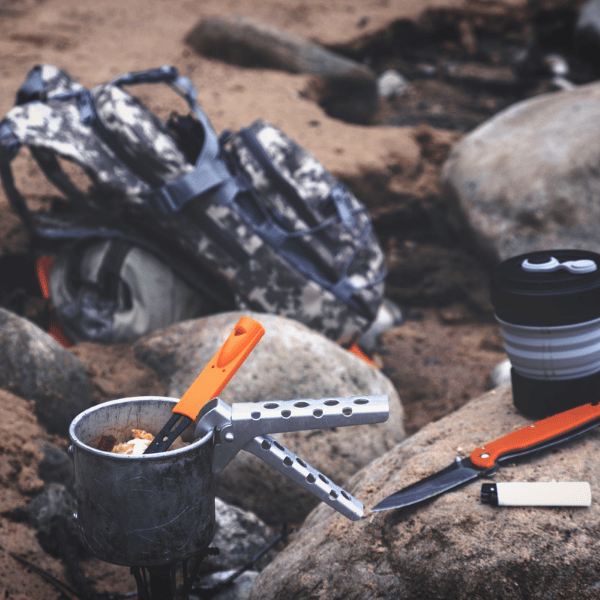
When it comes to backpacking cooking gear, it really depends on various factors to determine the best backpacking cooking gear to buy. In this guide, we’ll walk through an overview of the various types and styles of cooking gear for backpacking to help guide you in the right direction.
Contents
Backcountry Backpacking Cooking Gear

The demand for portable cooking equipment is as old as humanity. Before homo-sapiens were populating cul-de-sacs and heated apartments, people had to find a way to make their mammoth edible. Open fires were effectively the first form of portable cooking equipment, and still a viable option in some circumstances.
Humanity and portable cooking equipment has since evolved, albeit at slightly different rates. These days, one can purchase a small gas bottle and a screw-on stove top that is no larger than five cubic centimeters and weighs less than your mobile phone.
While primarily based on the humble stove-top, there are now innovative options to almost replace your entire kitchen with an outdoor equivalent. Whether or not these options are viable for you depends on your method of transportation, the size of your backpack and your shoulder strength.
Basic Backpacking Cooking Gear List
There are numerous ways to go about getting your feed, ranging from minimalist to luxurious and everything else in between. Let’s start with the basics and build up from there.
Basic Backpacking Cooking Gear
Technically, you can just buy a load of sandwiches and snacks from the gas station and eat cold food for the duration of your trip. There are a few problems with this.
Firstly, sandwiches take up a considerable amount of space in your backpack. Secondly, you might not want to be camping in temperatures that are suitable enough to keep your food stored at. Thirdly, this can get boring and quite frankly, unhealthy after a relatively short amount of time.
We suggest that you at least invest in a small gas bottle and a screw-on stove. A good decently priced option is the BRS 3000T Titanium Ultralight Backpacking Stove that weighs only 25g.
If you are completely strapped for cash, you can use your pots and pans from home on these. However, to severely reduce the weight of your backpack, we recommend buying a set of camping pots and pans. These usually come in sets, cleverly stacked to reduce the amount of space they take up and can even double up as a plate to eat from.
The RedCamp Cookware Mess Kit has 6 different options to choose from that ranges from 12-23 piece sets including utensils and cooking tools. The nice thing is they can be all bundles and snapped together in one unit and put into the included bag to hang from your backpack so it doesn’t take up space.
Be aware that with this setup, you can only heat a single pot at any time, but these problems are easily solved with creative solutions. Don’t forget the lighter and backup matches!
Backpacking Coffee Maker
If you are like me, caffeine is a necessity – especially when I get a lot of fresh air backpacking. I also enjoy a cup of tea to settle in at night if I am camping on a backpacking trip for a few nights. If caffeine is a necessity for you, there are some really cool portable espresso maker options that might just do the trick for warming up water and making espresso for you.
The Nespresso Travel Espresso Maker is a popular hand pump espresso maker option (my personal favorite).
Fancy Cooking Gear for Backpacking
For those who are willing to sacrifice comfort and add extra weight to their backpack for the sake of a culinary masterpiece, there are multiple gear additions one can consider.
A grill or portable BBQ vastly increases your culinary options but takes up considerable room in your pack. A BBQ usually requires coal and firelighters, which is something else you will have to carry.
A portable spice container is a nice addition, and multiple outdoor retailers are creating products to reduce the weight and space of carrying extra flavor with you. You can also consider getting lightweight cooking utensils such as spoons for stirring, but, to be honest, it is easier just to use the same cutlery you will be eating with, as well as being more lightweight.
Backpacking Cooking Stoves & Grills
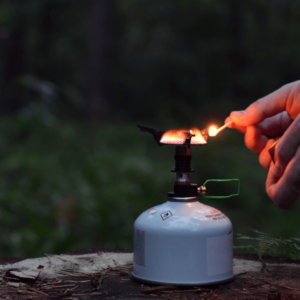
Depending on how you are traveling, there is a range of products available, ranging from the ultra-lightweight portable stovetop to a full camping BBQ. If you are traveling by foot, or at least have a decent hike, consider reducing the equipment to the bare minimum as carrying even a portable and lightweight BBQ is much more annoying, bulky, and heavy than a small stove.
Stoves can range from being able to hand single pots to multiple at the same time. Usually, the simpler they are, the lighter they are and the easier they are to carry.
Some of these simply screw onto the gas bottle, using it as a source and a base. Others have their own base and are connected to the gas via a tube. The latter usually weigh a bit more and take up more space in your backpack, but provide better stability.
Camping BBQs are quickly evolving, and now it is possible to get electronically assisted smoke-free products. That being said, a metal bucket and grill filled with coal works quite nicely and saves a few bucks. Just be sure to protect the ground that you put it on so that you don’t start a fire where there shouldn’t be one.
Backpacking Food Storage Tips
The first tip we have to reduce complications of storing food while camping can be a little controversial, but bear with us; go vegan.
Vegetables and plant-based products are nine times out of ten easier to store than meat and dairy products. They also tend to withstand a larger range of temperatures and less likely to leak, drip, and mess up everything in your backpack. You can use dried soy instead of minced meat, for example.
Meat and dairy products require a lower temperature to stay good for human consumption. If you insist on taking either with you, consider eating it as early as possible in your trip to ensure that it keeps well. Think about the temperature of the inside of your tent and the temperature outside the tent, and which would be better for it, but be mindful of what else might want your food, which brings us on to the next point.
If you are camping in a place with bears, dingoes, wolves, or even hungry humans, follow the local etiquette for storing your food. When around wild dogs, lock up your food in a car where possible, or lock it in a box and put it in a tree, as you would when in bear country. If there are rodents, hang it from a high place.
If you are staying at a campsite with amenities like fridges, be sure to label your food and give threatening glares to anybody who looks interested in taking your pasta sauce.
For the transportation of your food, sealable lunchboxes are ideal and are additionally good if they are securely closed with a clip so that they cannot open while in transit. Lunchboxes do take up a fair bit of room in your backpack, so dry goods and closed cans are easier, but ensure that your dry goods are not going to split and spill all over your backpack.
Ultralight Backpacking Cooking Gear for Minimalists
The experienced overnight tramper has perfected the art of wilderness cooking to exotic single-pot meals and has reduced their cooking configuration to only five pieces of equipment:
- the smallest gas bottle that will cover the duration of the trip
- the smallest and lightest self-igniting screw-on stovetop
- a single pot that will double up as a bowl or plate, and potentially the removable handle to move it with
- a fork or spoon with which to eat it with
- a knife to help prepare the food
Outdoor companies seem insistent on competing amongst each other to create the most lightweight, the most compact, and most easily displaceable backpacking stove. This is great for saving space and weight, however, can be annoying if you pack it at the bottom of your backpack and are frantically searching around in the dark for this minuscule yet vital piece of equipment.
If you are going with this option, consider that the stove is only as stable as the gas bottle is. It might be worth investing in some plastic legs to secure the base a little more. Be sure to set up your stove on a level surface.
Backpacking Cooking Gear FAQ
Many national parks and outdoor areas have restrictions, if not total bans, on open fires to protect the nature and forest. This is to reduce the possibility to create a fatal forest fire, especially in areas that experience long-duration droughts. As a side note, it is important to also ensure that you are using your cooking equipment properly and safely to reduce the risk of this happening.
If you ensure that your portable gas bottles are stored in a place as cool and shaded as possible, you should be fine. Make sure to properly dispose of them as per the instructions on the bottle, and never store them in your backpack next to anything that could pierce the bottle in any way.
Simple pasta and rice dishes work particularly well. The fewer ingredients that you have to carry, the light and easier everything becomes, although often at the sacrifice of some vital flavor. Parboiled rice is particularly good as it takes less time and less gas to cook.
This depends largely on how you are getting to your eating spot. If you are hiking, the stove is usually the most lightweight and portable option. If you are driving, you can take whatever you feel most comfortable using without worrying about breaking your back.
